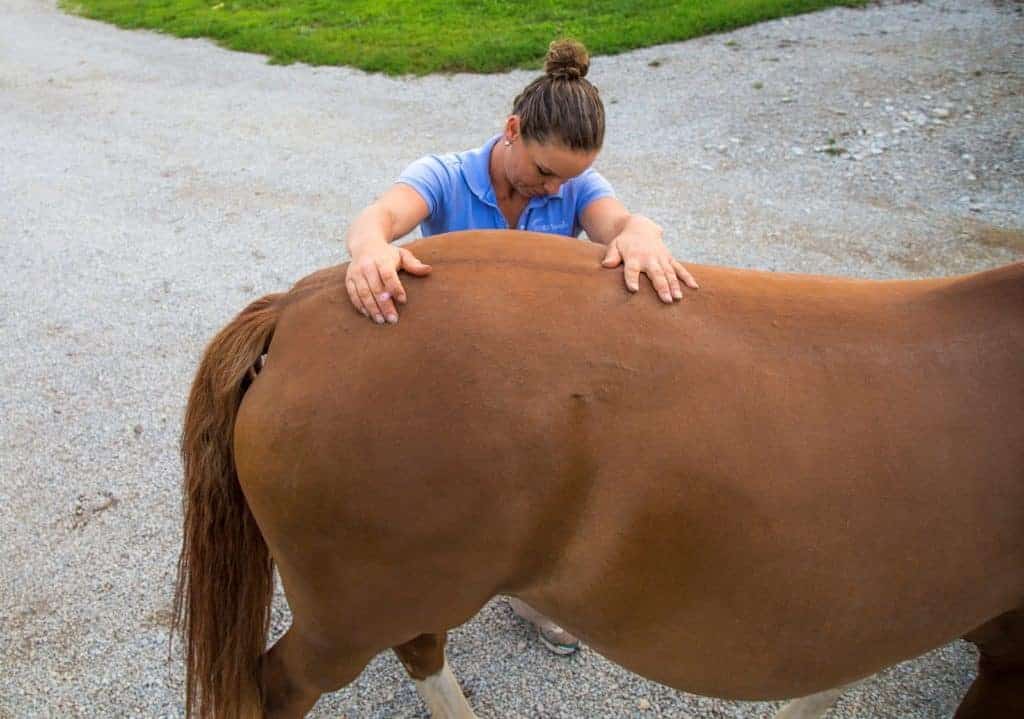
Studying Catastrophic Racehorse Breakdowns: Research That Can Save Lives
Researchers hope that, one day, they’ll be able to identify at-risk horses and intervene before a catastrophic breakdown occurs.

Researchers hope that, one day, they’ll be able to identify at-risk horses and intervene before a catastrophic breakdown occurs.

Seasoned sport horses often need a little extra TLC to continue performing well into middle age.

A look at racing ethics could help researchers and industry members acknowledge rightful concerns from a well-meaning public, help resolve misconceptions, and contribute to better equine welfare.

Instead of causing foot pain directly, rear hoof imbalances seem to cause more problems higher up the leg—to the hocks, stifles, glutes, and sacroiliac joint, one vet says.

This research could help riders select dressage mounts to ensure their ability to perform the required movements while maintaining soundness.

Vets discussed kissing spines, memory foam, English and Western saddle fit, rider weight, rein lameness, and more.

Foals with a selenium deficiency are at risk of developing white muscle disease, which leads to skeletal and cardiac muscle abnormalities.

Fatal injuries in North American flat racing horses has decreased by 23%, but there’s still work to be done.

Dr. Elizabeth Santschi recaps research on hock injections, nerve blocks, castration, osteochondral lesions, and more.

Learn about keeping OTTBs healthy and happy as they move into new disciplines. We’ll cover feeding, vet care, handling, and more!

Get tips and information on considerations for choosing and transitioning racehorses for second careers.

Footing is one of the most common factors cited when a horse performs poorly or suffers an injury.

Lameness was the most common issue ride vets found, but 48% of affected horses had no further vet exams or treatment.

Laboratory results show the stem cells can differentiate into fat, bone, cartilage, and muscle tissue.

Possible discussion topics include joint treatments and injections, detailed equine health records, and more.

This part of the study details behavioral pain markers, including head tossing, unwillingness to go forwards, and more.
Stay on top of the most recent Horse Health news with
"*" indicates required fields